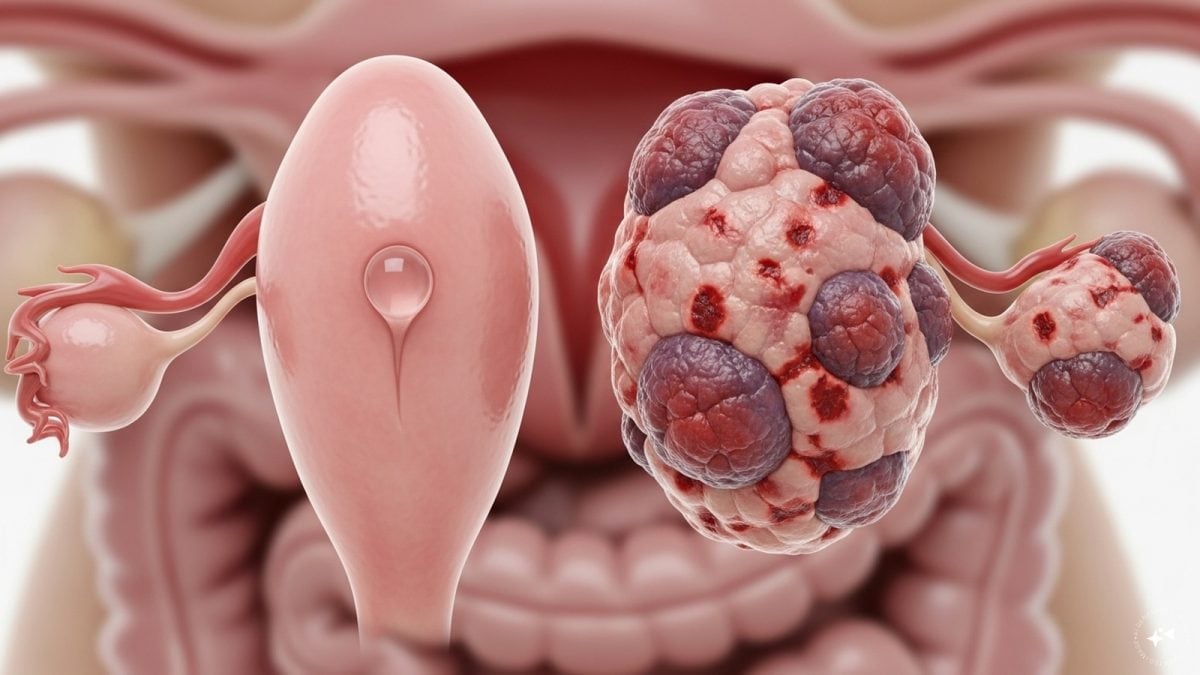Spirulina, a type of edible algae, is one of the most nutritionally dense foods naturally found on earth. Recently, spirulina gained sudden popularity when NASA suggested growing it in space to cover the nutritional demand of astronomers. [caption id=“attachment_7788401” align=“alignleft” width=“380”]  Representational image. Image source: Getty Images.[/caption]
Edible algae
Algae are super interesting - they can’t be categorized as plant, animal or fungi but they make their own food like plants. Some algae are made up of just one cell, whereas others are multicellular. Spirulina is made up of a single cell. Due to its appearance, it is also known as a type of blue-green algae. Spirulina makes food on its own while growing in both fresh and saltwater. Other than spirulina, chlorella is another highly nutritious blue-green algae. Seaweeds such as sea grapes, sea lettuce, kelp, kombu, arame and Irish moss are a few other types of algae that grow in seawater or coast sides. They are consumed across the world.
Why the need?
In a country like India, with a population of 1.36 billion, 34.7% of people are malnourished, according to 2017-18 survey on malnutrition. Researchers are trying to find out an alternative food that can meet the nutritional requirement of the unprivileged group but at the same time remain affordable. Seaweeds like spirulina could be an excellent choice.
The nutritional content of spirulina
How many nutrients can a heaped teaspoon (about 7 gm) of spirulina powder give you? Let’s get into the figures:
- Protein: 4 grams
- Vitamin B1 (thiamine): 11% of the recommended dietary allowance (RDA)
- Vitamin B2 (riboflavin): 15% of the RDA
- Vitamin B3 (niacin): 4% of the RDA
- Copper: 21% of the RDA
- Iron: 2mg, 11% of the RDA
Other than these, spirulina has every other essential nutrient a human body needs, including good fats (omega 3 and omega 6). Talking about quality, the protein content of spirulina is equal to that of eggs.
Recommended intake
It is best to consult your doctor before you start taking any supplements. Typically, 1 to 3 grams daily is enough, although one can safely have up to 10 gms of spirulina in a day.
Health benefits
The benefits of spirulina or any other edible algae to our body are huge compared to the tiny size of these organisms.
- It has strong antioxidant properties. It has a compound named “phycocyanin” that contributes to antioxidative and anti-inflammatory properties
- It lowers bad fat and elevates good fat level in the body.
- It reduces the risk of several diseases that occur due to high-fat content in the body such as diabetes.
- It is an anti-cancer food. Clinicians use it to treat oral submucous fibrosis (OSMF) - precancerous lesions of the mouth where the oral tissues become stiff and the person is unable to open their mouth.
- Relatively higher quantities (about 4.5 grams) of spirulina is said to lower blood pressure, as per a study.
- It boosts the immune system which helps in reducing allergic conditions such as allergic rhinitis or hay fever.
- It reduces fatigue and strengthens muscles and endurance.
Note: As an immune booster, spirulina is great for immunocompromised patients to live a quality life. However, the same benefit becomes a drawback for a person with an autoimmune disease such as multiple sclerosis, lupus or rheumatoid arthritis. By enhancing the immune system, spirulina can exacerbate the condition. For more information, please read our article on Spirulina_._ Health articles in Firstpost are written by myUpchar.com, India’s first and biggest resource for verified medical information. At myUpchar, researchers and journalists work with doctors to bring you information on all things health.


)

)
)
)
)
)
)
)
)



